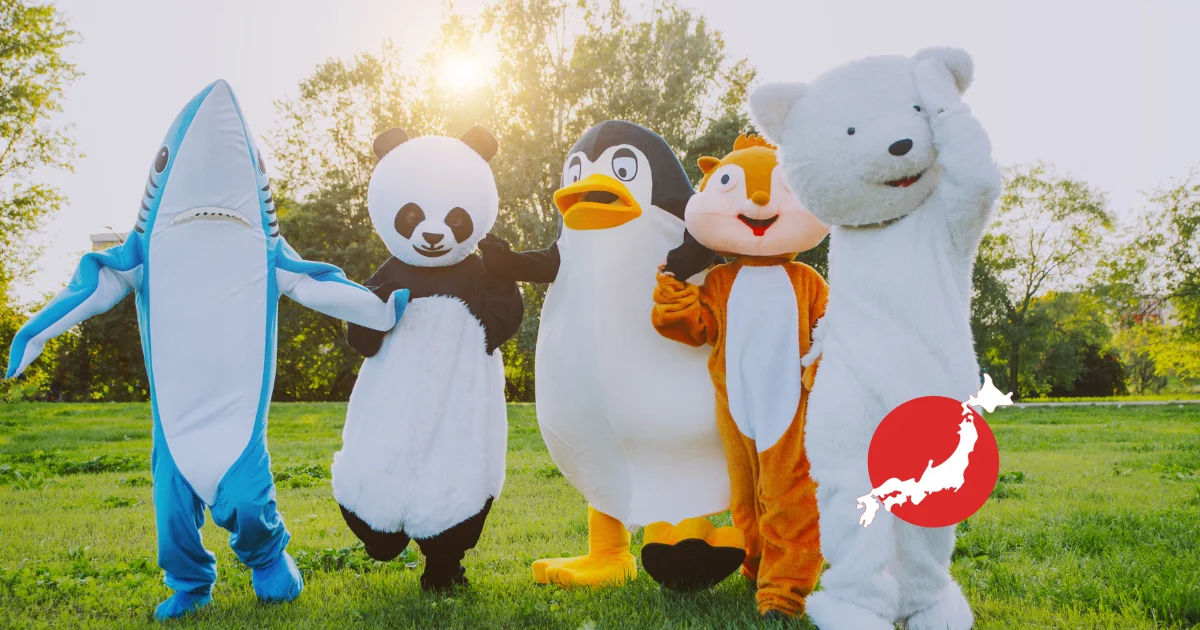Walking around the streets of Tokyo, one of the first things people are bewildered by is the sheer volume and scale of physical advertisements. From the sides of trains to massive billboards, everything in Japan is plastered with advertisements. In 2021, advertising expenditures in Japan amounted to JP ¥6,799.8 billion – approximately US $51.5 billion as of the writing of this article.
This should come as no surprise, as Japan has the third-largest consumer market in the world and a popular pastime in the larger cities is social shopping. One of the captivating and unique aspects about Japanese PR and marketing campaigns is the usage of mascots in advertisements.
While mascots in the West are usually reserved for a fast-food chain or a children’s cereal brand, Japanese PR and marketing has utilized mascots across every industry, from office stationery to municipal governments. Some mascots, such as the Kumamoto government’s Kumamon and the national broadcaster’s Domo-kun, have extended their popularity beyond their target audience and have entered the mainstream of Japanese society.
In this blog post, we delve into the insights of two Japanese PR experts at ShapeWin about what makes mascots so appealing in the Japanese market. We will then discuss the visual characteristics that attract Japanese audiences to mascots, using one of ShapeWin’s own PR campaigns as an example. Through this you will be able to understand the appeal of mascots in Japan, and how to use them in your own campaigns.
How are mascots used in Japan?
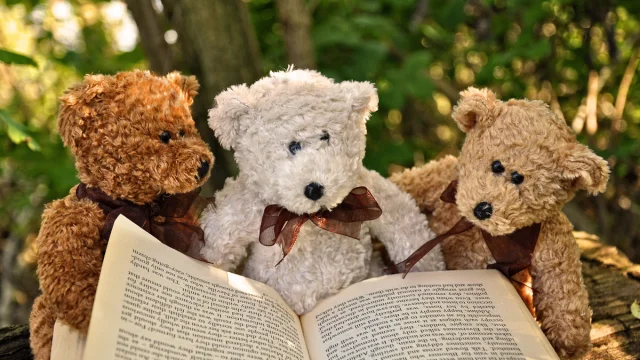
Mascots serve a variety of purposes in the Japanese market.
“Mascots are a great way for companies to get their brand known,” Yusuke Kamimura, CEO and president of ShapeWin, explains.
“For niche products and start-ups, it is hard to stand out when competing against larger brands with greater name recognition. Especially in Japan, mascots can be used to establish a brand in the public consciousness.”
Ryoko Sugimoto, a PR manager at ShapeWin, elaborates on this further.
“Characters can serve a similar role to logos, giving brands, companies and organizations a symbol to be associated with,” she says.
“In this role, mascots can help soften the rigid, corporate image of companies and can be used in sales promotions and as well generate revenue independent of any product that they are helping to promote.”
Sugimoto cites Benesse, a communications and publishing company in Japan that focuses on educational content as a primary example of this phenomenon.
“As a company that focuses on educational materials and media, Benesse used to have a stiff corporate image in the public eye,” she explains.
“This led to the creation of Shimajiro, the mascot of Benesse, who is strongly associated with the brand today. Shimajiro does not come from a previous animation and was created to develop awareness for the company’s services.
The character became popular in his own right, leading to the development of a long-running children’s animation of the same name.”
While Benesse’s Shimajiro is targeted at children, not all mascots function in this way. Characters such as Pokémon’s Pikachu and the aforementioned Domo-kun target all ages in Japan and are recognizable nationwide.
Why are mascots popular in Japan?
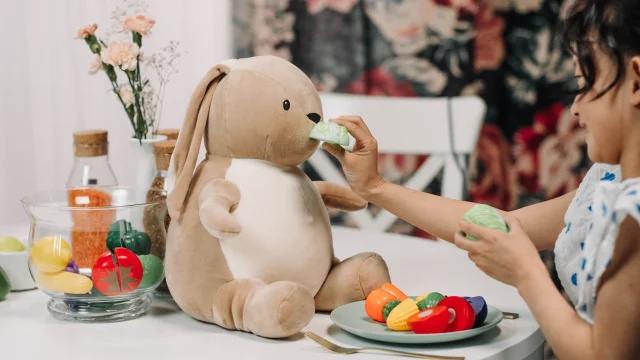
There are a variety of reasons for why mascots are not only popular in Japan, but also why they are used a lot in Japanese PR and marketing regardless of target demographic.
One of the primary reasons, as Kamimura explains, comes down to cultural perception.
“Japan has a cultural affinity for animation and comics, especially when compared to the West,” Kamimura continues.
“In the West, most cartoons, such as Disney, are designed for a younger audience. But in Japan, creators such as Osamu Tezuka and Hayao Miyazaki have aimed their content not only at kids but also at adults. So in Japan, there is a foundation for accepting cartoon characters like mascots, from kids to elderly people.”
To underscore this, Kamimura points to the Japanese affinity for cuteness.
“The term, ‘cute,’ and its Japanese equivalent, ‘kawaii,’ both describe the quality of being cute or endearing, but they carry different nuances influenced by their cultural contexts,” he explains.
“In Japan, ‘kawaii’ does not just encompass visual cuteness but it also extends to behaviors, personality traits, and even the way something feels or is perceived. It represents an ephemeral value that permeates many aspects of life, including fashion, art, design, and behavioral norms.”
Sugimoto agrees with this assessment, adding that Japanese ‘kawaii’ culture has even been exported overseas, and now Japanese companies and organizations actively think about mascots when developing the brand.
“Large companies that focus exclusively on cute characters and character merchandise such as Sanrio, the creators of Hello Kitty, have had long-standing success, both in Japan and abroad,” she says.
The result is that Japanese cuteness continues to hold immense value, with cute cartoon mascots such as Hello Kitty and Pokémon making a large economic impact.
Hello Kitty became the official mascot of the Ministry of Tourism in 2007 and various Pokémon have served as tourism ambassadors for local municipalities. Beyond traditional toy brands or children-focused products, this appeal extends to characters like the aforementioned Kumamon, a cute bear representing a bullet train project in Kumamoto prefecture, who generated JP ¥875.8 billion of revenue for the Kumamoto government – approximately US $14.2 billion in 2021.
“Kumamon is considered the most successful mascot in Japan,” Kamimura continues.
“He has raised billions of yen for economic impact and helped create awareness for Kumamoto prefecture, its brand and its products.”
Characters like Kumamon, represent a distinct type of mascot called yuru-kyara, mascots that represent prefectures or cities. Yuru-kyara are an important part of Japanese mascot culture and are used in a variety of contexts to promote local events and regional identity.
“The word yuru-kyara is derived from the Japanese word yurui, meaning loose or relaxed,” Kamimura explains.
“Yuru-kyara tend to be soft, endearing and comforting in appearance, while having a less refined, polished look. I would compare it to having a popular local diner to a nationally recognized restaurant.”
These yuru-kyara help to highlight another important aspect of Japanese culture that drives mascot popularity: the Japanese culture of gift-giving.
In Japan, a cultural norm is that office workers will buy souvenirs for co-workers when they go on vacation. Buying a souvenir with a mascot’s likeness immediately will alert someone to where they have traveled, which makes it quite useful for gift-giving.
“By design, yuru-kyara embody the culture and history of a local area,” Kamimura explains.
“The sense of connection with the local community combined with their endearing, yet comforting appearance make them perfect for gift-giving and souvenirs.”
As a result, yuru-kyara have become a distinct part of Japanese local culture, with several notable ones, including Funassyi of Funabashi city and the aforementioned Kumamon, becoming nationally recognized icons.
What makes a good mascot character in Japan?
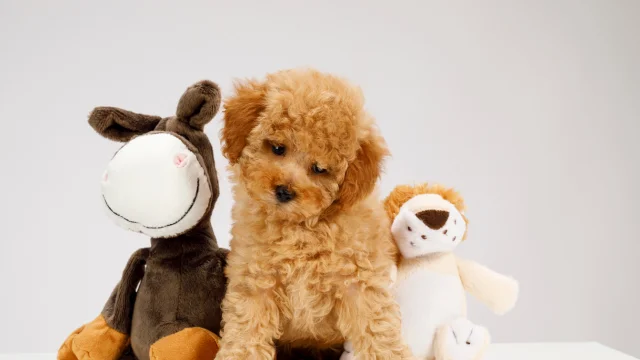
While we have established that mascot characters are an important part of Japanese culture, there are a variety of factors that go into making a good mascot character with enduring longevity.
According to illustrator Jun Miura – the man who coined the word yuru-kyara – several characteristics go into making a strong yuru-kyara. These include but are not limited to the following:
- A love for one’s hometown.
- Their behavior should be awkward, yet unique.
- The character should be simple, laid-back and lovable.
Miura also argues that in principle that these characters should also be stuffed characters that can easily be costumed, and that they should represent the celebrated and distinctive traits known to a region.
He argues that if government officials or professionals are doing research into what would make a good yuru-kyara then they have failed by default and that what the yuru-kyara is should be instinctual.
While Miura initially argued that hometowns and regions are an integral part of what makes a yuru-kyara, the definition has expanded beyond its initial scope. Some mascots from national agencies and organizations and companies are also considered yuru-kyara and are allowed to take part in the competition.
“Miura Jun’s characteristics for yuru-kyara highlight the importance of approachability and a distinct personality over commercial polish and perfection,” Kamimura explains.
“However, these principles that were initially designed for yuru-kyara can be applied more broadly.”
Kamimura and Sugimoto both agree that Miura’s principles of for design philosophy can be applied to mascots as a whole, narrowing it into several points:
- Kawaii (Cuteness):
This is perhaps the most crucial element. The character should have a cute appearance, which often includes large eyes, a round shape, and a friendly smile. - Brand Synergy:
Yuru-kyara often represent a locality and carry elements of the region in their design and personality. Similarly, mascot should be tied to the identity of the company, ensuring that its design meshes well with the brand’s values and goals. - Simplicity and Memorability:
The design should be simple enough that it is easy to recognize and remember, but also distinctive enough to stand out. - Approachability:
Characters that seem approachable and evoke feelings of warmth and comfort are particularly well-received. - Humor and Whimsy:
A good sense of humor, including self-deprecating or playful aspects, can endear a mascot to the public. - Storytelling:
A mascot with a backstory or one that can be used to tell a story helps create an emotional connection with the audience. - Versatility:
The character should be adaptable to various media and promotional materials, from print to digital to physical merchandise. - Interactive Potential:
Mascots that can be easily animated or used in interactive ways (like in events or online content) tend to be more engaging. - Originality:
While certain common features are prevalent, a successful mascot also needs a unique twist that makes it stand out.
How mascots can help your brand
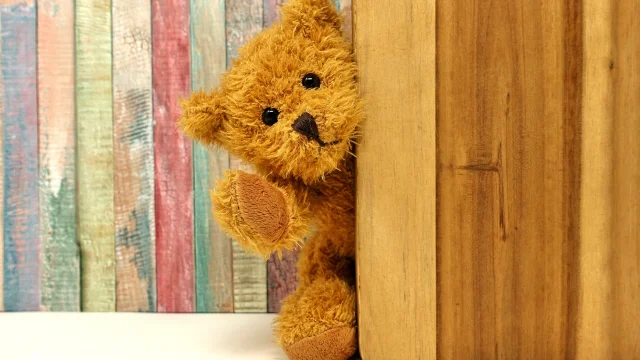
A mascot is a cute way of making your brand known, and in Japan, a brand’s mascot is used as much as a logo. An example of this is our creation of Novakid’s mascots, Astro the Dog and Luna the Cat, for the Japanese audience.
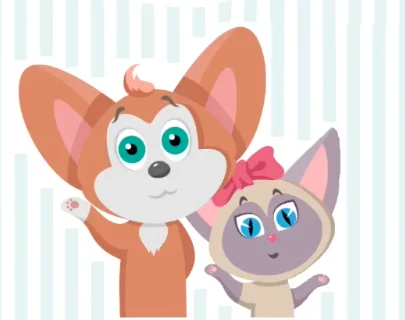
The two mascots do not appear in the PR and advertising for any of Novakid’s branding in their other markets. Novakid, being a company that is oriented towards children and parents, needed a symbol that emphasized the company’s child-friendly nature.
Sugimoto, who headed the development of Novakid’s mascot, went into further detail with this example.
“In Japan, the English conversation market was surging in the wake of the COVID pandemic,” she explains.
“People who wanted to practice their English skills were no longer able to go out and practice in public. As a result, a variety of new companies were emerging and entering the market and competition was becoming fierce. So, to stand out from our competitors, it was decided that we needed a mascot that was recognizably ‘Novakids’ at a single glance.”
This led to the creation of Astro the Dog and Luna the Cat, Novakid’s mascots for the Japanese audience. The two mascots became incredibly popular, not only resonating with Japanese children, but Japanese adults as well.
According to Sugimoto, this was intentional.
“Because Novakid primarily focuses on social media marketing, we had to make a mascot that could be loved by kids, but as well as adults. In that respect, the first thing we considered was making the mascots appealing to young mothers,” she explains.
Initially, there was a bit of difficulty incorporating the two mascots into the Japanese advertising and materials. After all, they were only used in the Japanese market and ensuring their smooth integration proved a challenge.
Sugimoto decided to use influencers as the primary means through which to implement the mascots.
“Social media platforms tend to be very visual,” she explains.
“So we decided to introduce the mascots through our social networking outlets, such as Instagram, and we distributed it among brand ambassadors, who would promote the mascots on their personal accounts, before integrating them more directly into our promotional materials for the Japanese market. Consequently, Astro and Luna became popular among students, and when we introduced plushies of the mascots to market, they sold very well.”
The Novakid example demonstrates how the introduction of mascots should be a methodical and phased approach that works with visual mediums like social media to build traction, before full integration into the broader marketing strategy. This gradual approach of using influencers and brand ambassadors first allows companies to test the waters and gauge audience response.
Mascots are not necessarily only for B2C companies either. An example of this is the character of Hyodoru, a green bear that serves as the mascot of CELF, the cloud service software for SCSK that allows companies to share Excel files internally to create business applications.
As the company primarily develops computer software and cybersecurity systems for companies, almost all of their interactions are B2B. Despite this, Hyodoru has been consistently used in SCSK promotions, promoting CELF to be implemented in different companies.

“Software and IT services often struggle to gain awareness due to their similarities and typically unfamiliar brand names,” Yusuke Kamimura explains.
“Incorporating a mascot in a B2B setting can bridge this gap, making the brand more approachable and memorable, even if customers can’t recall the exact name. Furthermore, using a mascot can be quite versatile, enhancing not just video promotions and advertisements but also onboarding materials and internal documents. It adds flavor to internal communications, and helps soften the image of companies to prospective employees. ”
Both examples show that mascots can be valuable assets to a company. They are not just tools for B2C companies, but B2B companies as well, helping to build brand recognition and foster a friendlier image in the Japanese market. It is however important to develop a mascot that works well with a Japanese audience, and to test it before fully integrating it into your Japanese promotional materials.
How ShapeWin can help you

Because of how enduring and prevalent mascots are in Japanese culture, it is necessary for companies to incorporate them into their PR and marketing. For brands the most relevant reason to use a mascot makes a brand easily identifiable in promotions and products.
ShapeWin’s success in this field illuminates the path forward, underscoring how the strategic use of mascots can transform campaigns and cultivate a deeper connection with a Japanese audience.
“When people feel emotionally connected, they’re more likely to engage with the brand, leading to better performance outcomes,” Kamimura says.
“In this sense, mascots can establish an emotional bond with the audience personifying a brand’s values and making abstract concepts more relatable and understandable to the public.”
Through our consultation process, ShapeWin can help you develop your mascot to achieve maximum appeal in the Japanese market.
“Utilizing mascots is important for differentiating oneself from competitors and gaining recognition in the Japanese market,” Sugimoto explains.
“However it is pointless to develop a mascot, unless you understand the target audience. So we recommend that you carefully develop a character after conducting research and taking into account the opinions of Japanese people.”
ShapeWin can help its clients develop a mascot, starting from understanding the brand values, to conducting research and integrating the mascot into the client’s Japanese PR materials. ShapeWin also looks for advertising opportunities to display the mascot, such as through merchandise and goods.
“Perhaps one of the best ways to get your mascot known in the physical space is through merchandising,” Kamimura explains.
“Mascots can be turned into merchandise, which not only serves as an additional revenue stream but also helps in brand reinforcement each time the merchandise is used or seen.”
